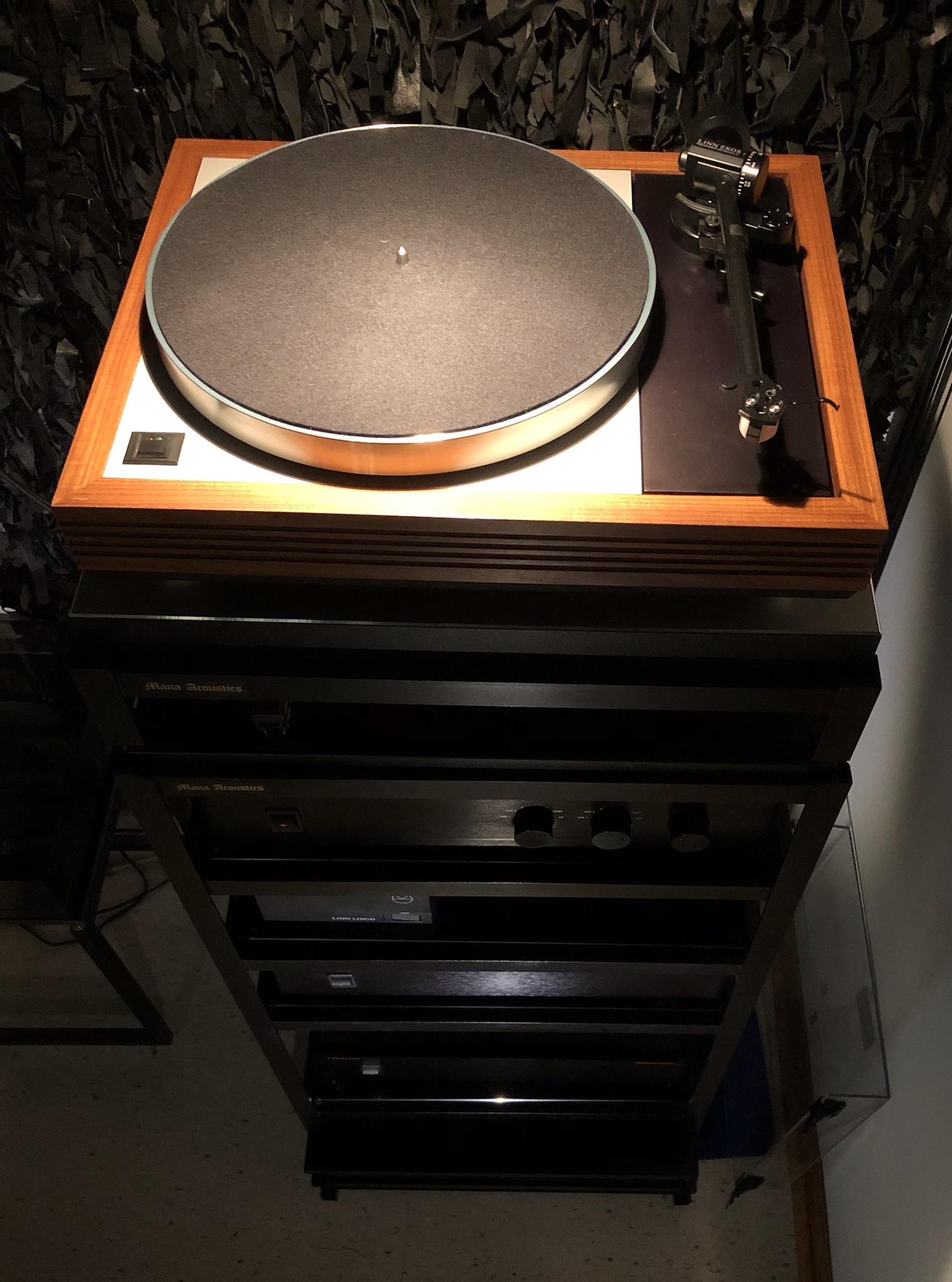I received my In-Soles last Monday. I have listened to a ton of vinyl over the last 5 days, and I have to say that I am very impressed with the sound of my LP12 with the In-Soles. I have to agree with others who have said that the Linn springs were a handicap of sorts. Listening to very familiar vinyl, the first thing that I noticed, was a dramatic drop in background noise. This allows a person to hear more into the recording, with details coming forward that have never been heard before. This leads to increased nuance in vocals, and a significant reduction in sibilance on certain tracks where this has been an issue. Bass is tighter, and music has more drive. I almost hate to try and describe all the improvements that I am hearing, except to say that there have literally been improvements across the board, with no downside or compromises that I can perceive.
When I ordered these from John R, I was anticipating that there would be some kind of compromises, and that I would have to see if they were acceptable or not. This has not happened at all. I have never heard my LP12 sound this good before, even after a professional set-up.
My Lp12 is not a very high spec compared to many on this forum and in the green place. I have a cirkus bearing, Lingo2, Ittok, Mp-500 setup on an Archidee stand. I have a theory as to what has been accomplished in my situation. I believe that vibrations in the cirkus subchassis are being damped by the In-Soles; something that the Linn springs were incapable of doing. The net effect is akin to a getting a better bearing and/or subchassis. All for 36GBP! Deal of the century.
I was very saddened to hear of John's passing. I would have really liked to thank him personally for this product. I can only hope that he is resting in a peaceful state, in a better place...

 2023-03-07_08-52-00
2023-03-07_08-52-00